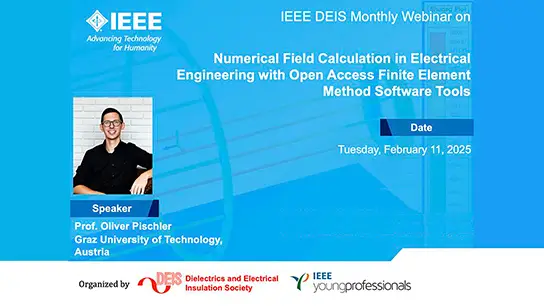When Do We Resort to EC in the Communications Industry and What is Needed in the Future
Rainer Storn
-
Members: FreeCIS
IEEE Members: Free
Non-members: FreeLength: 00:54:54
05 Jun 2017
Dr. Storn's abstract: Currently Evolutionary Computation (EC) is used only occasionally for the design of industrial products for the communications industry. The reasons for this are manifold: Firstly, in most cases domain specific design techniques are available and also much better known to the engineers, because these traditional techniques are taught throughout the universities while EC curricula are rare. Secondly, many EC methods are not simple enough to understand to justify them being applied. Given that convergence of EC is generally not guaranteed, the risk of spending time for an unfamiliar method is not taken. So today EC does not yet belong to the standard "bag of tricks" an engineer is equipped with.Thirdly, undertaking a design by employing EC comes with fairly long convergence times compared to traditional techniques, mostly because the latter are tuned to exploit domain properties and hence are specialized for the problem at hand. In some instances, however, traditional approaches do not yield the desired result or cannot solve the problem at all so that EC techniques have to come to the rescue. I will provide some real-world examples that have been designed with Differential Evolution (DE) and that have entered real products. I will explain why DE has been used in these cases, how the problems were solved, and what is required for EC methods to gain a stronger foothold in industry, hopefully spawning a new research direction to benefit both EC in general as well as industrial applications.


